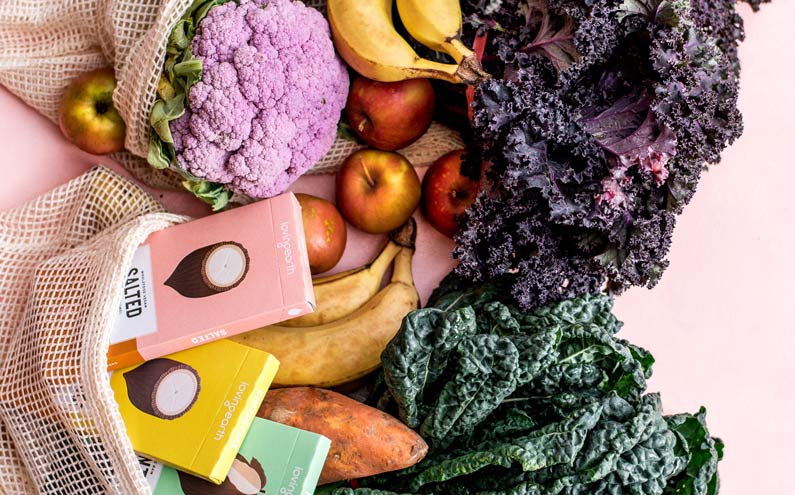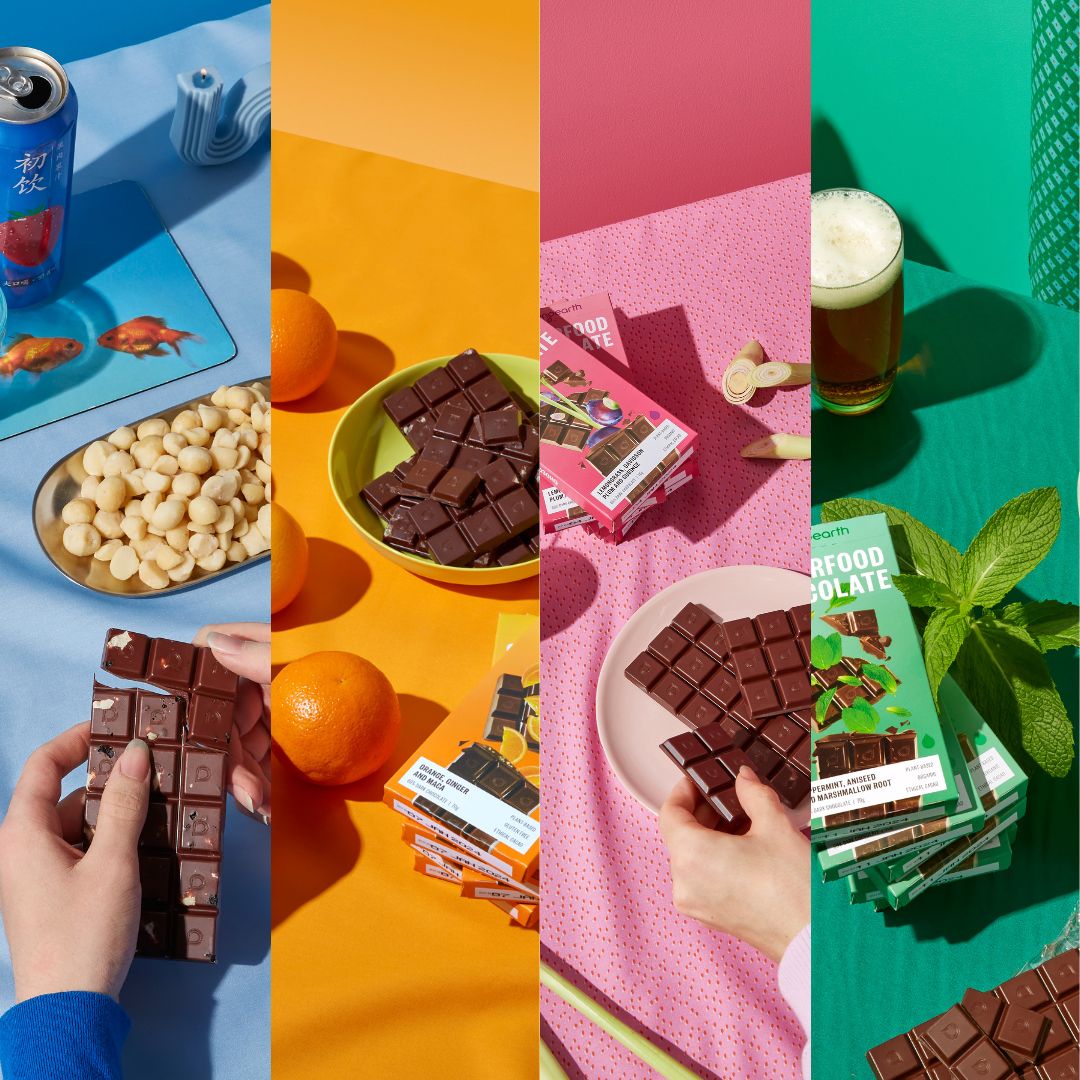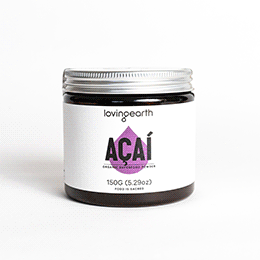
There is no hiding from the conversation on climate change and thanks to a recent study, the single biggest way to reduce our carbon footprint is in our hands, or should we say, on our plates.
An article, published in Science journal, revealed that reducing your meat and dairy intake was the single biggest way to reduce your carbon footprint.
Often it can feel overwhelming when thinking about ways to limit our consumption or be better care-takers of planet earth, and if you’ve been thinking about going plant-based, what we put on our plate can make a real difference.
What is the difference between being vegan and plant-based?
Traditionally veganism is a lifestyle. It prescribes to not consuming or using products that animals have been directly affected by. So, as well as not eating meat, or dairy, it also includes not consuming eggs, honey, gelatine, wearing leather, fur, or buying products that test on animals, or use feathers (like pillows or doonas.
Plant-based, is a wider term that can be applied to those who mainly eat plants and generally refers to a way of eating.
We’ve made our top 5 list of ways to make plant-based super simple:
1. Try doing meat free Mondays or substituting your regular options with plant-based or veggie alternatives, like veggie sausages or using a nut mylk instead of dairy. We made our creamiest creation in late 2018, a cashew mylk chocolate to rival any conventional dairy milk chocolate. The best part is that it’s still made using only three, wholefood ingredients: unroasted Ashaninka cacao, creamy cashews, and coconut sugar. Meaning you won’t crash after eating it thanks to the healthy fats in the cashews and low GI sweetness from the coconut sugar.
2. Accessibility is key when making the switch and finding foods that taste good and fill you up are the most important in keeping you on track. If you’re eating bland foods and feel hungry all the time, you’re less likely to stick to it. Make sure that you have well stocked cupboards and fridges, as well as on-the-go snacks to keep you from reaching for other options that aren’t as aligned with your intentions.
3. Grow your own! Ever thought about starting a veggie patch? It’s a great time of year to get into the garden and plant up some seeds so that a trip to your back garden is as easy as picking up the phone to order in. It also means you know exactly where your food comes from and has zero food miles! Start off simple and don’t forget that all those veggie scraps can make a great base for a compost for it all to come full circle. Need some inspiration? Check out our blog on DIY composting.
4. Get creative in the kitchen. Find recipes of some of your old favourite meals and re-create them with a plant-based spin. We have a whole host of veggie and vegan friendly recipes here.
5. Make it fun and social. Look up local communities that have gardens or vegan meet ups. Finding likeminded people means you have a wider pool of resources to share ideas and inspiration with, and how great is a pot luck dinner when you know you can eat everything there?!
Whether you are looking to change up your food choices or have been a life-long vegetarian or vegan, every step toward reducing your carbon foot print is a positive one. Here’s to the power of plants!


